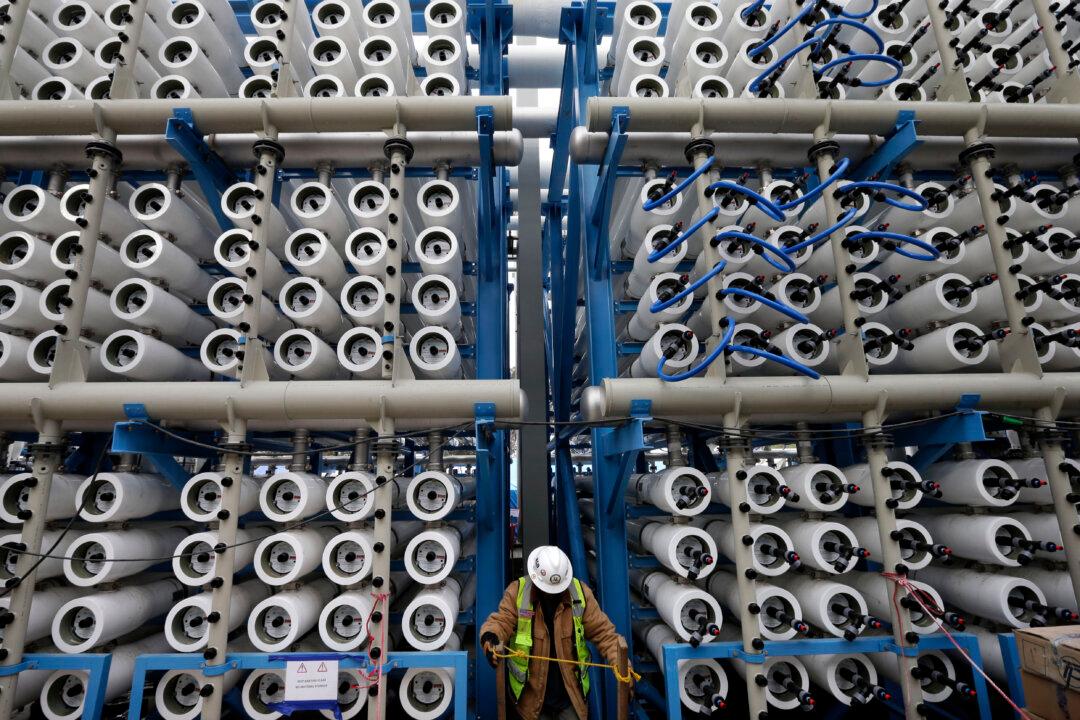California regulators approved regulations on Dec. 19 that would enable water system agencies to establish treatment protocols for converting wastewater into high-quality drinking water.
The state Water Resources Control Board said that would allow water systems throughout the state to generate “a climate-resilient water source” while reducing the amount of wastewater released into rivers and the ocean.





